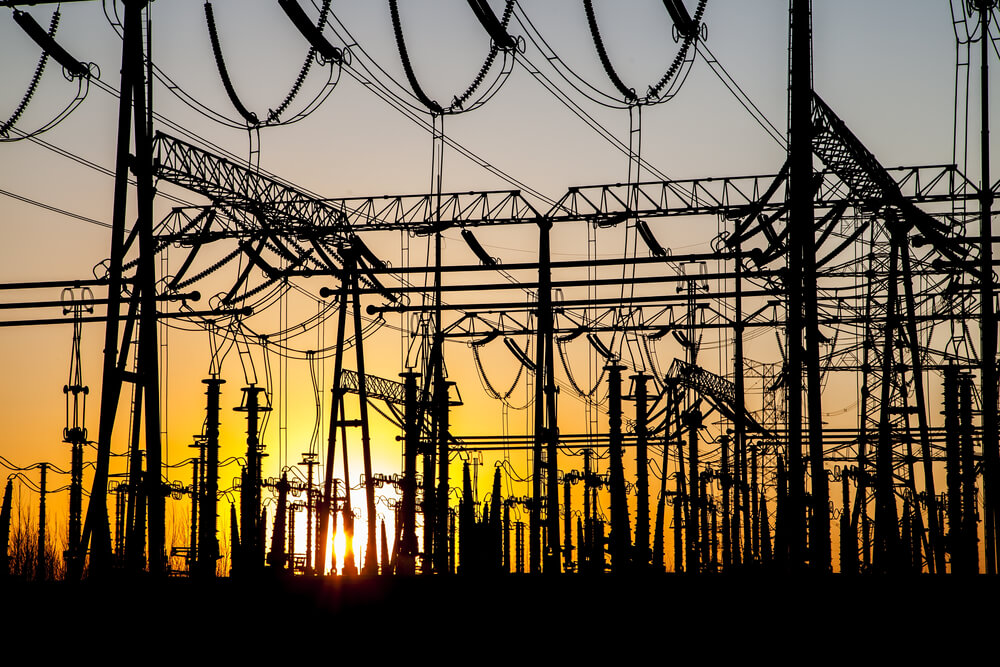Get into EV! Interview with Darren Crannis
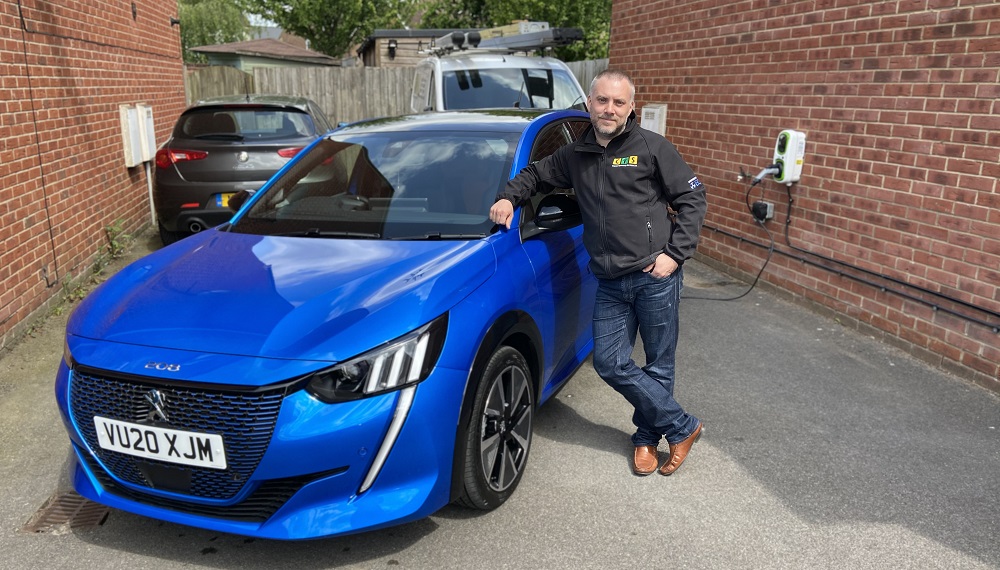
ECA’s energy solutions advisor Luke Osborne spoke with Darren Crannis, founder and managing director of ECA Member CTS Electrical.
Darren has installed electric vehicle charging equipment (EVCE) for several years. More recently, he decided to become an EV owner himself. Read on for his views on this exciting and fast-growing part of the market, and why EV installations should be an essential part of an electrical contractors’ toolkit…
LO Why did you decide to order an EV?

DC Having installed EVCE for several years and seen the market grow, with huge improvements to technology and the range of vehicles available in the market, it made sense. Most of our journeys are local, which is perfect for an EV.
LO You mention that you have been installing EVCE for a while now - how have you found that journey? Have much changed since electric vehicles first began to appear?
DC It’s constantly evolving! EVs are still relatively new technology, so improvements and enhancements are continuous for manufactures but also the DVLA, the Office for Low Emission Vehicles (OLEV), HMRC and the Wiring Regulations BS7671.
Since the introduction of EVs, we have seen the regulations change many times, especially around the use of EVCE on Protective Multiple Earthing (PME) and the challenges of making a local TT Earthing arrangement. OLEV funding for EVCE has changed and is now set at £350 per chargepoint.
LO Installers can sometimes have difficulty with OLEV. Can you tell us why, and tell us about your experience?
DC OLEV funding has been challenging. The overwhelming popularity of the OLEV scheme has led to a huge backlog and delays for grant payments. On occasions grant claims have been rejected due to no clear fault, and payments from EVHS have at times taken 4-5 months. OLEV has given assurances that improvements to processing and payments will be made.
Also read: EV-peasy: Why Amendment 1 boosts EVCP installations

By Luke Osborne: The installation of electric vehicle chargepoints has now become simpler due to changes in the Wiring Regulations and technological advances, and will continue to play a key part of electrical contracting works.
LO Where are the majority of your installations? Are they commercial or residential?
DC Both! Most clients will have EVCE installed at their place of work, and also accompanying EVCE at their home.
LO What were the main features that drove you to choose the Peugeot e208 as your first EV?
DC We run a predominantly Peugeot fleet of vans, so when we heard of Peugeot’s EV roadmap and saw the e208 we were instantly interested and test drove their demonstrator on the day of launch. Unlike many EVs it’s a ‘normal’ car, but with the EV drivetrain option. It looks great and has a 217-mile range.
DVLA provides a plug-in grant of up to £3,000 for new EVs and up to £8,000 for EV vans
LO Your EV is a company vehicle – what are the incentives to have an EV as a company car?
DC DVLA provides a plug-in grant of up to £3,000 for new EVs and up to £8,000 for EV vans whilst HMRC gives eligible EVs 100% first-year capital allowances. Benefit in Kind (BIK) rates for an employee with an EV company car are the lowest they have ever been with 0% BIK tax in 2020/21 rising to 1% in 2021/22 and 2% in 2022/23.
LO Were there any difficulties getting your new EV delivered during the Covid-19 lockdown?
DC Yes, the vehicle was due to be delivered to the dealership the week of lockdown, so it remained in the docks for 7 weeks. Peugeot issued guidance to their dealerships for cars to be safely delivered to clients under strict Covid-19 guidelines, so ours was delivered on an enclosed trailer.

LO What sort of charger(s) do you have at home or work? Can you tell us about the installation(s)?
DC At present we have a Rolec 7.2kW Wallpod with a Matt-e O-PEN device installed. We can programme the vehicle with the charging times to match our energy tariff and override it if required. We are waiting for more EVCE with the ‘smart’ ability to automatically synchronise with energy tariffs, but we also like the aesthetics of Anderson EV chargers.
LO Have installation options changed with the advent of the 18th Edition (BS7671:2018) Amendment 1, and are these of benefit to installers?
DC Amendment 1 has introduced the use of voltage monitoring technology to detect an open-PEN conductor and turn off the EVCE in the event of an open PEN fault. As the majority of installations are PME, this new technology means that adopting a TT earthing arrangement for the installation of EVCE is no longer required. There is no risk of striking underground services with an earth electrode and this has lead to simplified and standardised installations.
LO Many people are worried about the costs of charging and whether they need to plan where and when they charge. What is your experience with this? Are there special tariffs around for EV users?
DC Having your own EVCE is the cheapest way to charge your vehicle, compared with using 3rd party chargers. Ours has been a blessing during Covid-19, as we’ve not had to visit a charging station away from home.
new technology means that adopting a TT earthing arrangement for the installation of EVCE is no longer required
Energy providers such as Bulb, EON, EDF and Octopus have EV specific tariffs which give low rates and even free energy at certain times of the day. New generation, smart-enabled EVCE will have the ability to synchronise with your energy tariff and charge your EV at the cheapest rate (available now with Ohme EV and soon on myenergi Zappi).
LO What guidance and training is there for installers considering entering the EVCE installation market?
I recommend the Level 3 City & Guilds 2919 which is a 2-day in-depth course on the design and installation of EVCE. There is access to funding via European Social Fund (ESF) from training providers and if you are a JIB company this course is eligible for JIB skills funding, both reduces the total cost of the course significantly.
Are you up to date with ECAtoday?
ECAtoday is the official online magazine of ECA and reaches thousands of people within the electrotechnical and engineering services industry.
.png?width=970&height=90&ext=.png)


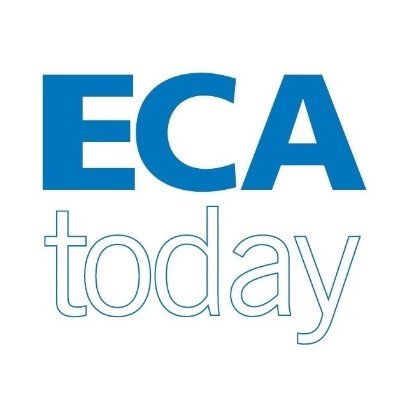



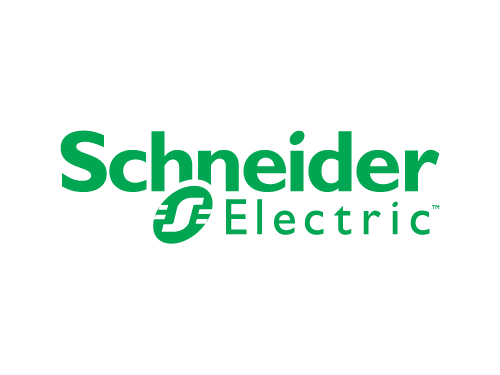

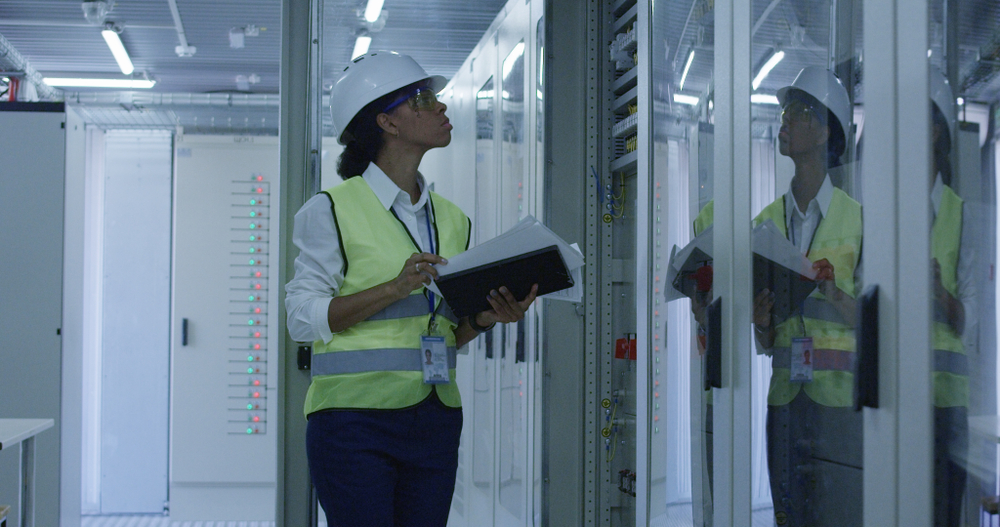



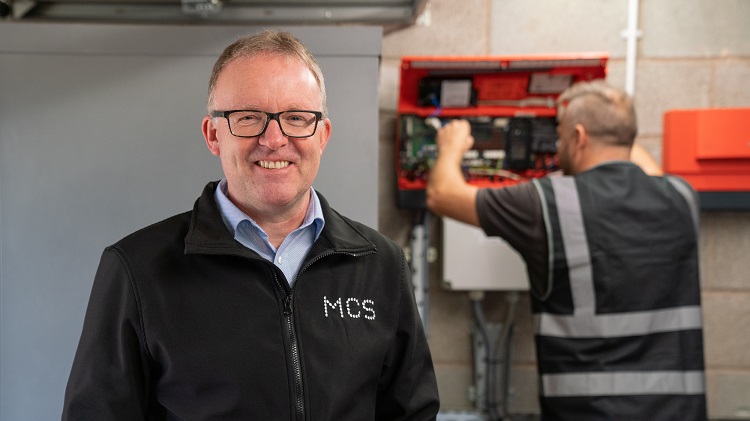

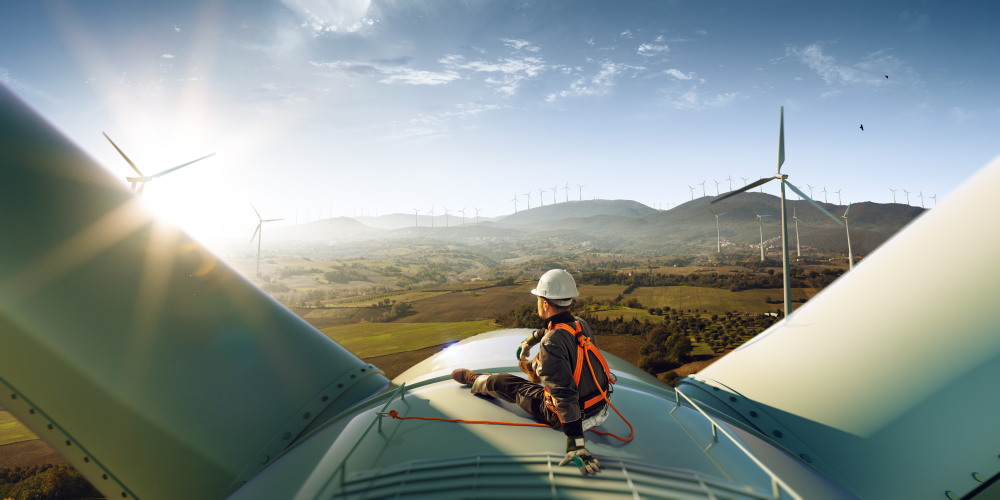


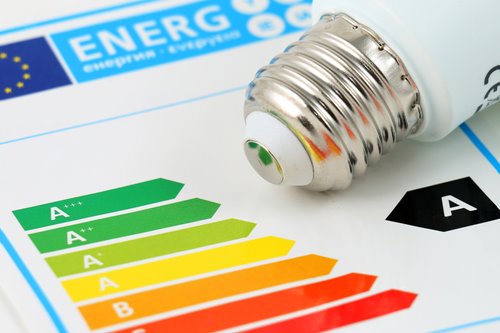



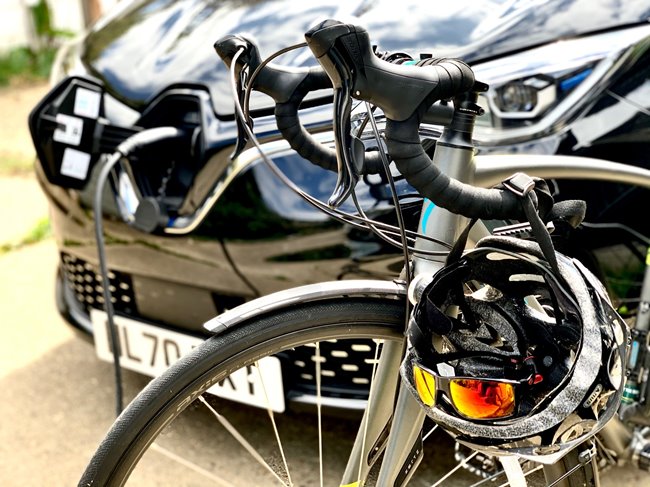

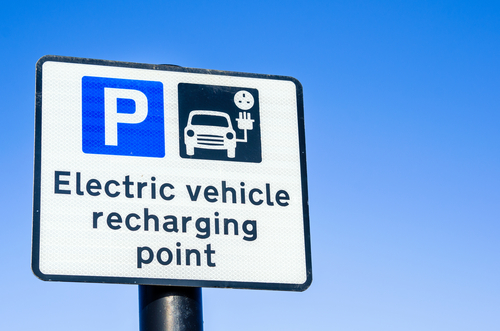


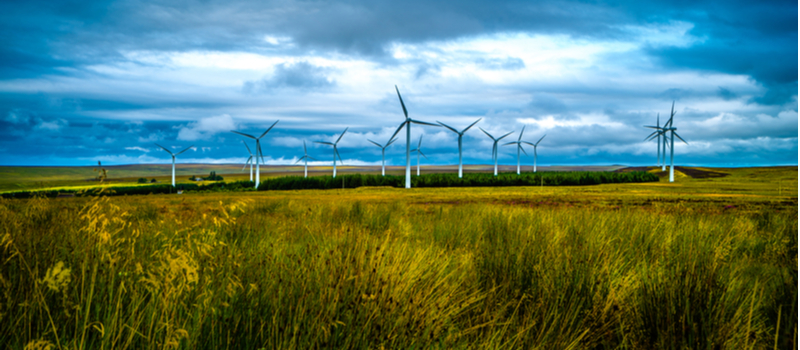
.jpg?width=1000&height=999&ext=.jpg)



